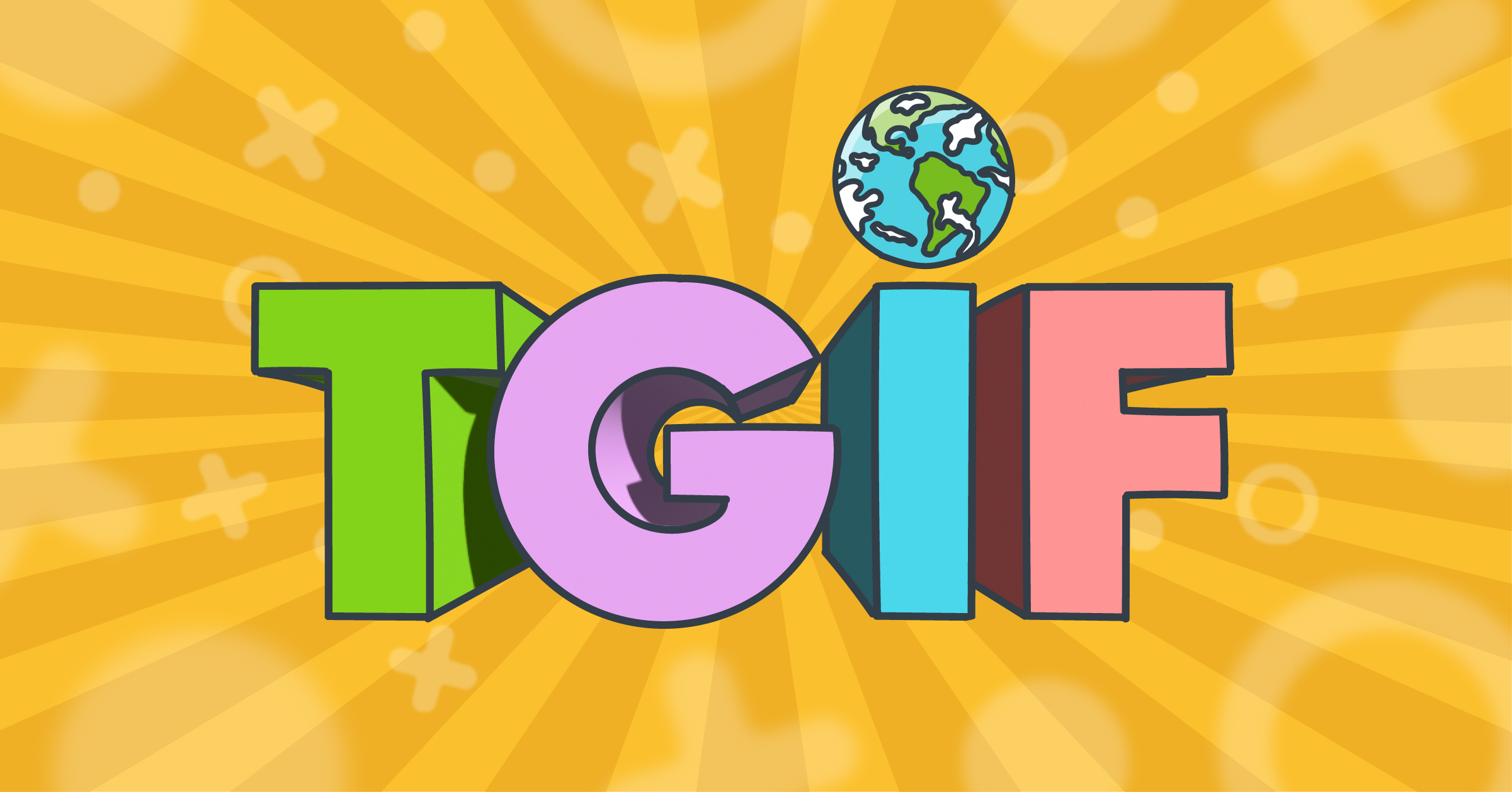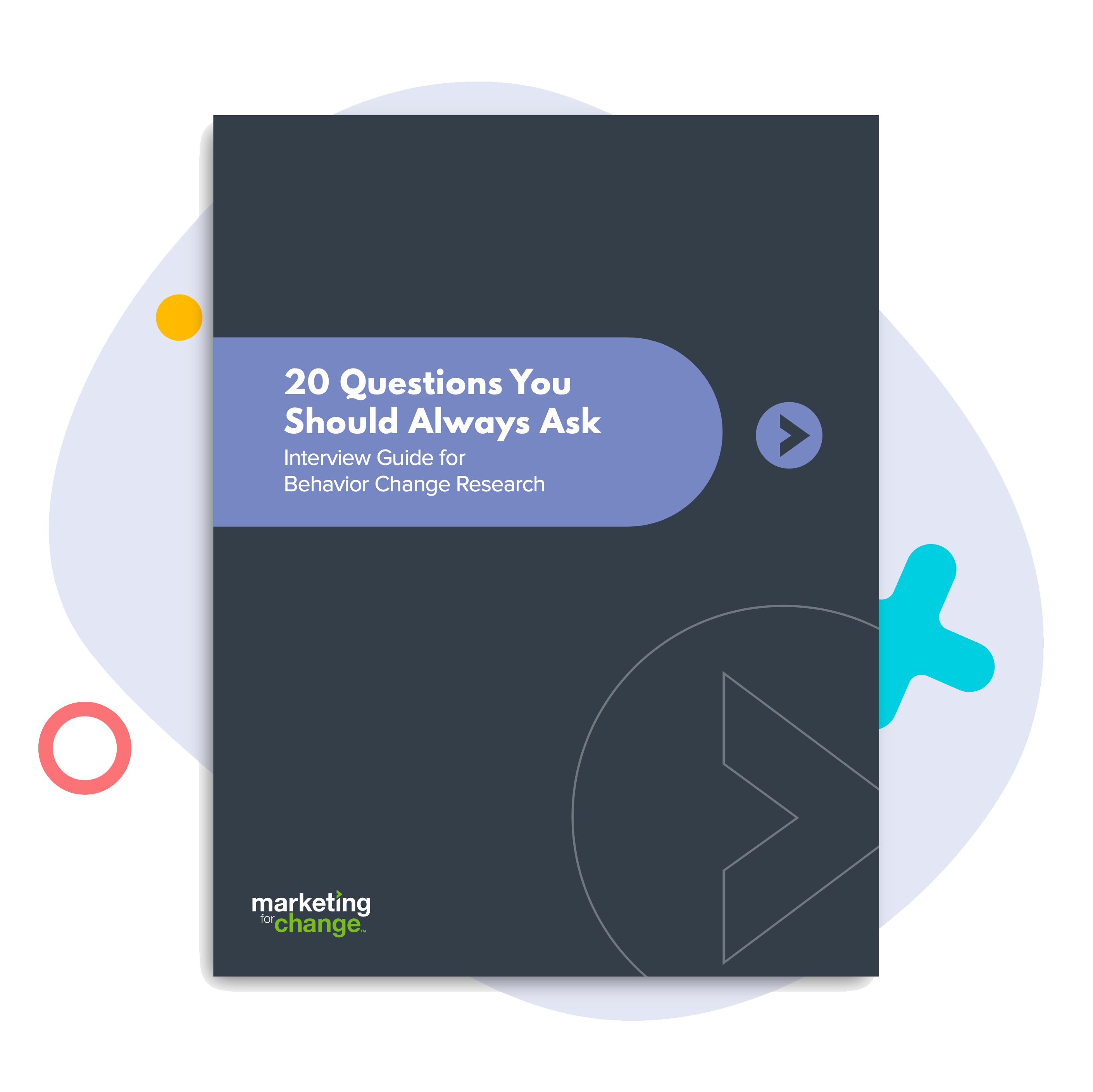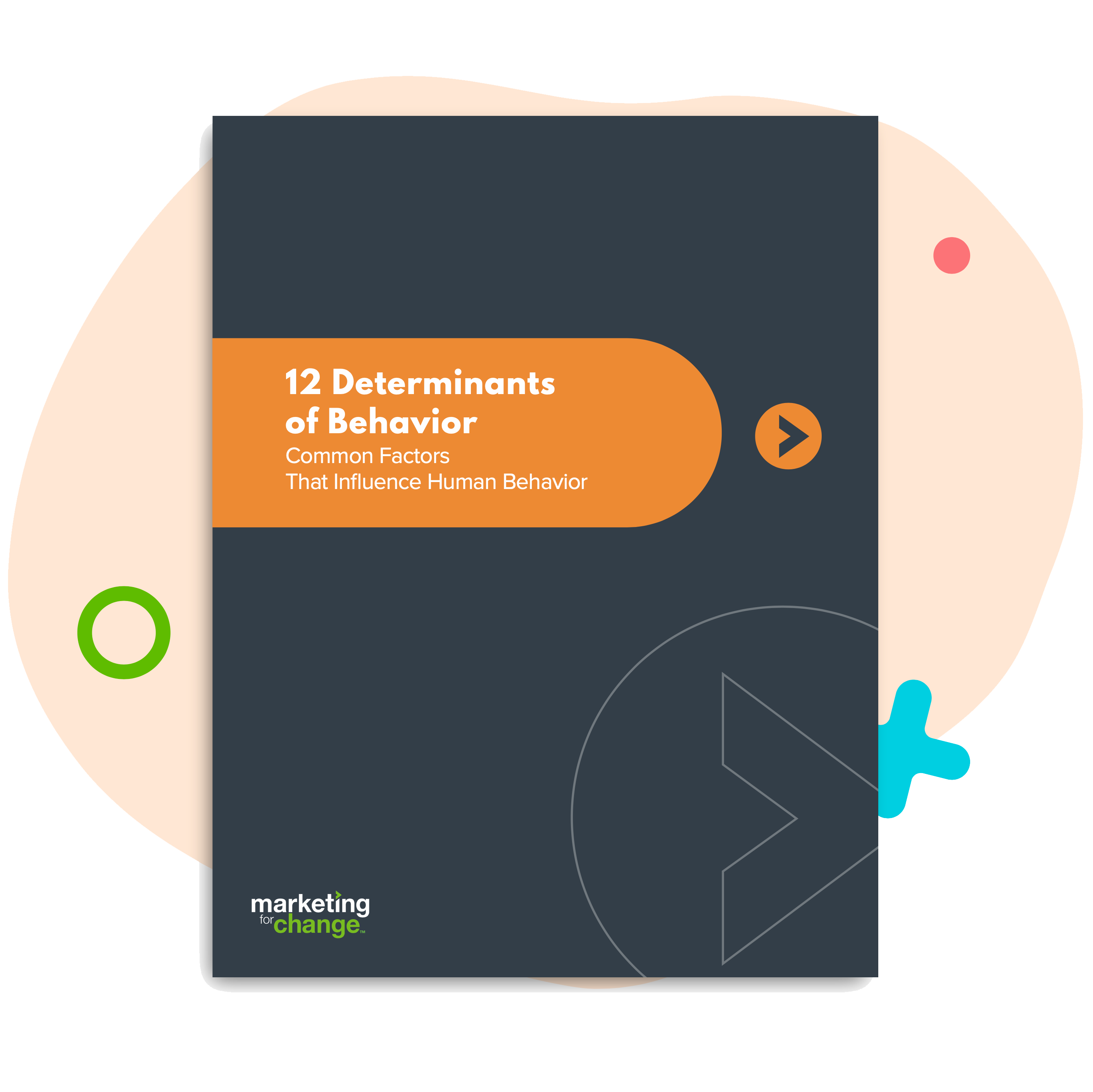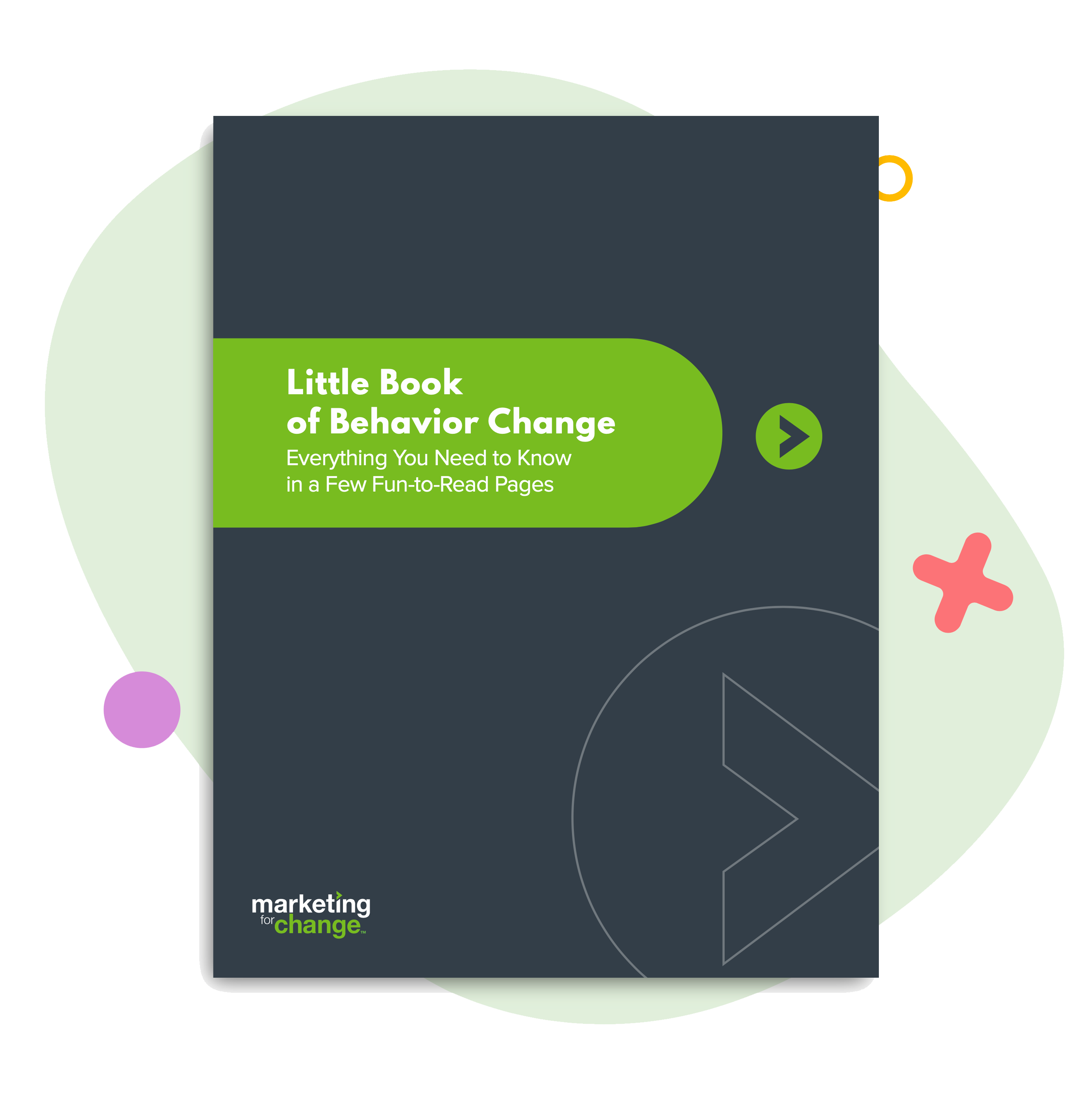
Use the “Friday Night” Question to Make Better Content
A large part of my job is looking at content before it goes out into the world and asking if it could be better.
Except, I never just ask if it could be better. I ask if my audience would click, watch, read or otherwise interact with it at 8pm on a Friday.
It’s my litmus test of choice.
That’s because come Friday night, few people have the energy or interest to engage with the health, safety or social issues my team and I work to promote. I can admit that. It’s not the same as conceding that people don’t care. You could be an ardent advocate for climate action, but after a hard workweek, you’d rather not talk about melting ice caps at happy hour. You could be super dedicated to eating more veggies, but come Friday, you’d rather go grab pizza with friends than labor over that TikTok corn ribs recipe (yes, that’s a thing).
By Friday night, we’re all looking for something – anything – to help us turn off our brains. We want to rest, release and relax. If you can craft content that is so well designed that it engages people on a Friday night, chances are you’ve made something that’s damn good.
(I’ll pause here and say that I know some of you are shouting, “Wait. The ONLY thing I like to talk about on Friday nights is melting ice caps.” I get you, I see you, we need more people like you. But you are an outlier – someone who is deeply invested in advancing your cause. Most people are not. The Friday night question is especially useful for passionate people like you).
The Friday night question makes you take off your [insert issue] expert hat. And nope, it can’t be replaced with your advocate hat – you’ll need to take that off, too. The question makes you put on your human hat and ask if the thing you’ve designed could truly engage someone who is not a zealot for your cause and is not looking for one more thing to do.
The thing is, you have to know what you mean when you wield this question. What does it mean to make content so good, it resonates with an audience on a Friday night? I’d say it means accounting for the most crucial elements of effective behavioral and creative design.
Your content should:
Make an offer.
Effective marketing is an exchange. We ask an audience to take an action, and tell them that by taking that action, they will receive something they are seeking. This is different from persuading or educating, both of which focus on proving that your issue is important rather than helping your audience get something that is important to them. Your content has to show that you have a deep understanding of what your audience needs and that participating in your action will help them get it.
It’s encouraging people to protect local springs in order to protect the recreation they love (an offer) instead of telling them about the springs’ environmental value (education). It’s building a tool that helps parents find better options (an offer) instead of telling them sugary drinks are bad for their kids (persuasion).
Help your audience experience your offer right now.
Try to help your audience feel what it’s like to get the outcome you’re promising with your offer. Doing this allows your audience to discern if the reward is worth the effort and helps them see if they can trust you – if you really know how they want to feel after taking the target action.
This can be as simple as using imagery that shows what life could be like after taking action (as we’ve done for the National Volunteer Fire Council) or as robust as inviting your audience behind the scenes to experience a day in the life of reaping the rewards of your offer (as we’ve done in this job recruitment campaign for LeadingAge Pennsylvania).
Feel authentic.
These days, authentic content is king. And designing authentic content is about knowing the nuance. You need to understand what it means to show the reality of your audience’s life and circumstances in big and small ways. This is another way to quickly build trust and help your audience feel that you understand who they are and what they need. If the audience feels that you know them well, they’re more likely to trust that taking you up on your offer could get them what they want.
Reel audiences in.
Designing content your audience would stop and consume on a Friday night means piquing their interest in seconds. This can take many forms. A few notables include:
- Doing something that explicitly and immediately shows your audience the content is for people like them (like calling them out by name or using visuals to note who the ad is for).
- Using unexpected visuals or headlines that stop people in their tracks.
- Using “teaser” content that piques interest and encourages the audience to engage and learn more.
When you’re trying to reel audiences in, it’s tempting to turn to gimmicks (like an ad that uses triggering imagery to stop you from scrolling but in no way speaks to your needs). Gimmicks can actually work if you’re a widely recognized brand pushing widely coveted products. But getting people to take action that makes them healthier, safer or improves society is a bit more challenging. For content in those realms, simply getting attention is not enough to reel people in. Instead, it’s about everything we’ve discussed thus far: leveraging what you know about the audience’s needs to immediately grab their attention and then providing an offer they won’t want to refuse.
Design for ease.
To get someone to act on a Friday night, you’ll need to make it easy for them to do so. That means thinking through everything that happens between someone seeing your ad and taking your desired action, and designing for ease at every stage of that process. You’ll want to think through things like message match between your ad and your landing page, shortened URLs for ads that only appear on TV or streaming, and even using the right language in your call to action (for example, “learn more” instead of “sign up now” if you’re asking them to do something that might feel like a heavy lift).
Be quick to comprehend.
The Friday night question is especially useful in evaluating calls to action. Whatever your content is asking people to do, make sure it is quick and clear enough for a tired, Friday brain to grasp. Use simple language, give your audience enough time with your call to action for it to register, and don’t use too many calls to action in one ad.
So, the next time you emerge from some heads down content creation, stop and remind yourself that you are an outlier who cares a lot and because of that, you need a way to check your ideas against your target audience’s reality. The Friday night question helps you do that. It can be the catalyst for elevating your content and increasing its ability to advance the good cause you’re working so hard to champion.

Meisha Thigpen is Creative Director at Marketing for Change.







